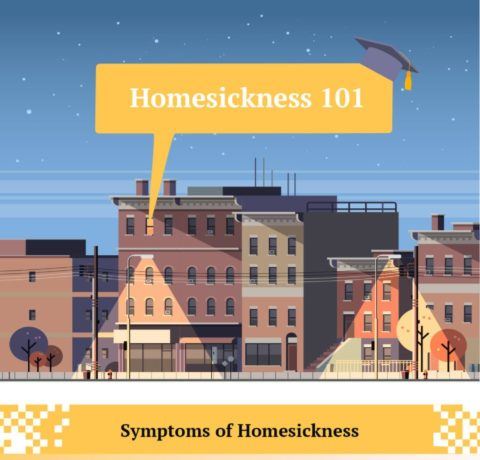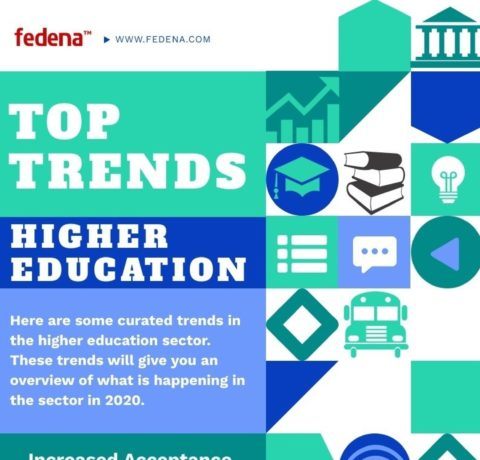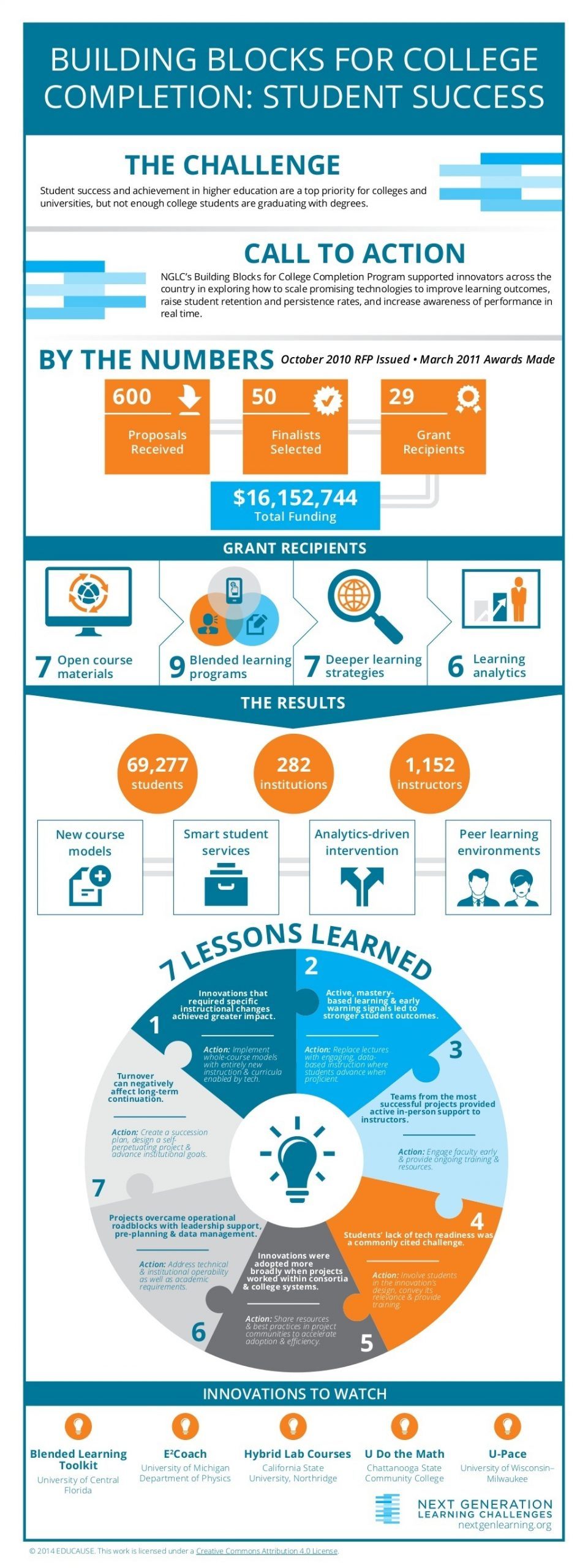How Technology Can Improve College Student Success Infographic
The success of college students is getting more attention these days with rising expectations, greater accountability (yet shrinking budgets), and dismal statistics.The reality we face in higher education today invites different approaches to promote student success.
The How Technology Can Improve College Student Success identifies several ways technology can aid student success. In particular, the infographic highlights seven practices that facilitated the successful implementation of the innovations funded by Next Generation Learning Challenges (NGLC) . They are framed to offer you evidence-based advice on how to use a classroom innovation fueled by technology to get the outcomes for students we all want to see—and that students deserve.
The 7 Building Blocks for College Completion
- Achieve greater impact with “whole-course” models: It’s likely that projects funded by NGLC that used whole-course models—where instructors adopt an entire course design that involves a new instructional approach and curriculum using technology—had a greater effect on student outcomes because they represented more comprehensive, tightly specified instructional change.
- Design student success innovations with active, self-paced, data-driven learning: NGLC-funded projects that replaced lectures with active learning methods, incorporated mastery learning components, and provided instructors with information about student progress and risk status were associated with stronger student outcomes.
- Cultivate the involvement of faculty with early engagement and ongoing training and resources: Projects with the highest significant positive effects featured active face-to-face contact between grant teams and instructors, and several gave attention to more systemic issues of change, such as institutional culture and collaboration among faculty.
- Engage students as designers and facilitators of an innovation as well as learners: Some NGLC-funded projects encountered challenges regarding students’ technology readiness and reluctance to use new instructional approaches or resources. Projects were more successful when they promoted the innovation’s academic relevance to students, engaged students directly in designing and building the solution, and trained students to use the technology.
- Join project communities to accelerate adoption and efficiency: Projects involving college systems or consortia appeared to have an easier time spreading their student success innovation to a larger number of campuses within those systems. Cross-institutional communities working together to adopt an innovation—and existing user communities of technology tools—can share resources and best practices.
- Address a student success innovation’s functionality as well as its academic requirements: Some NGLC grantees overcame challenges with functional aspects of their implementation by solidifying the support of senior leadership, planning ahead how the innovation would operate within campus systems, and incorporating data management practices.
- Create enduring impact through long-term planning and design: Project teams found that early attention to long-term financial, operational, and cultural issues could foster the student success innovation’s sustainability.







You can adjust your cookie preferences here.